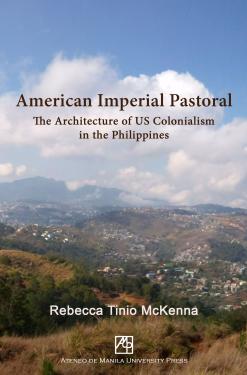
In 1904, renowned American architect Daniel Burnham, charged with designing environments for the occupation government, set out to convey the ambitions and the dominance of the regime, drawing on neo-classical formalism for the Pacific colony. The spaces he created, most notably in the summer capital of Baguio, gave physical form to American rule and its contradictions. In American Imperial Pastoral, Rebecca Tinio McKenna examines the design, construction, and use of Baguio, making visible the physical shape, labor, and sustaining practices of the US’s new empire—especially the dispossessions that underwrote market expansion. In the process, she demonstrates how colonialists conducted market-making through state-building and vice-versa. Where much has been made of the racial dynamics of US colonialism in the region, McKenna emphasizes capitalist practices and design ideals—giving us a fresh and nuanced understanding of the American occupation of the Philippines.
“American Imperial Pastoral will be of great interest to many historians, anthropologists, sociologists, and other scholars interested in the history of the Philippines under US colonial rule. It will be particularly useful for those doing research on the history of Baguio as well as on indigenous people’s responses to colonial rule in Southeast Asia and the United States. Lucidly written and theoretically astute, McKenna’s book is a significant intervention in the history of colonial Philippines and in the comparative study of empires.”
—From the Introduction by Vicente L. Rafael
Published in 2019.




